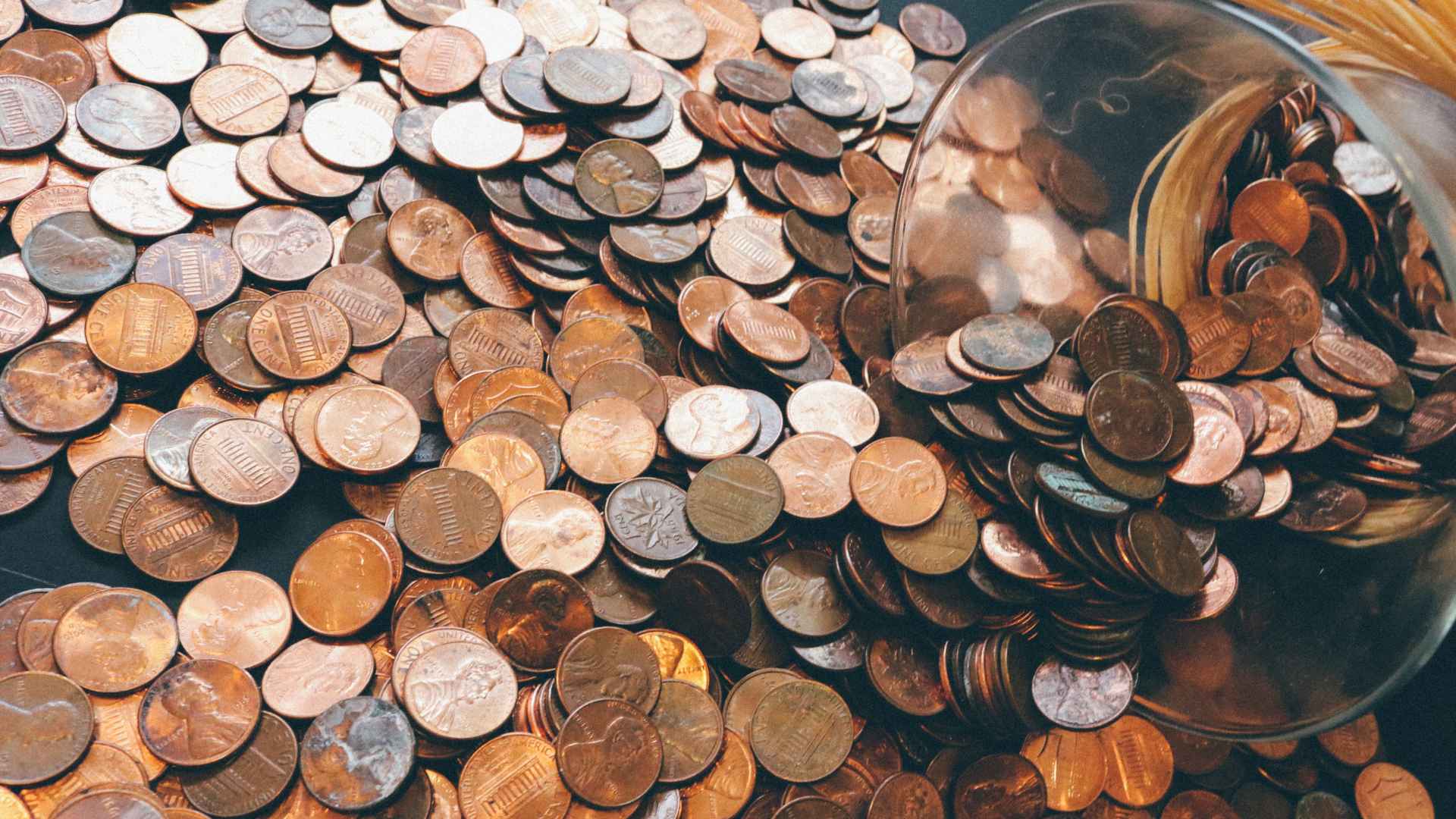The government has confirmed its last purchase of penny blanks, revealing that these one-cent coins will gradually disappear from circulation. Officials at the Treasury Department say the move could save millions of dollars in production costs each year, sparking a national conversation about the end of an American staple that dates back more than two centuries.
The US Mint will continue minting pennies only until it depletes its remaining stock of blanks. Each penny currently costs more than three cents to produce, and a Treasury report points to rising material and labor expenses as a driving factor. Some lawmakers have argued that eliminating the penny is long overdue, noting similar changes in countries such as Canada and Sweden. Others, however, feel that this small coin carries historical and sentimental value.
In practical terms, ditching the penny is expected to reduce annual production costs by tens of millions of dollars. Many believe these funds could be reallocated to more pressing budgetary needs, especially at a time when Americans are carefully tracking government spending. Still, not everyone is convinced the penny should be tossed aside.
Why the penny’s rising production expenses have pushed officials to say enough is enough
Supporters of the policy change point to the fact that production costs have climbed by more than 20% in the last year alone. With government leaders focusing on cutting waste, the penny has become an easy target. Public debates on social media have only fueled these efforts, especially when high-profile figures openly criticize the coin. In fact, some question why the penny remains in circulation when it’s often overlooked at the bottom of a pocket or purse.
So, who stands to benefit from this decision? Taxpayers may welcome any measure that reduces unnecessary expenses, while businesses could enjoy streamlined transactions. However, some smaller retailers worry about potential pricing shifts once pennies become scarce.
Historic penny supporters are speaking out as government plans to completely discontinue the coin
Mark Weller, who represents a pro-penny group called Americans for Common Cents, believes the Treasury’s decision is premature. He contends that phasing out the penny will create new cost concerns for the nickel, which is also expensive to produce. Politicians across party lines have repeatedly addressed the coin’s future, but legislation to scrap it has frequently stalled. Below is a brief table outlining key figures regarding penny production costs and projected savings:
| Category | Estimated Value |
|---|---|
| Annual production cost per coin | More than $0.03 |
| Projected yearly savings | $56 million |
Despite ongoing debates, the penny’s days appear numbered. As officials wind down production, many Americans wonder: will rounding prices eventually become the new normal? Only time will tell, but one thing is clear—this humble coin is about to bow out of daily circulation.

